The Top 50 Black Gate Blog Posts in May
 We published 99 posts in the month of May. 99! If I’d known that I would have tossed off one more at the last minute, just to cross that magic 100.
We published 99 posts in the month of May. 99! If I’d known that I would have tossed off one more at the last minute, just to cross that magic 100.
But we focused on quality, not quantity (he tells himself stoically). And our top article for the month — no doubt ably assisted by the release of Star Trek Into Darkness — was a look at the Federation Commander: Klingon Border board game. Number two was also gaming-related: a peek at the Against the Odds historical gaming magazine. Third was our obituary for the talented editor and Thieve’s World author Andrew J. Offutt, followed by Violette Malan’s entirely reasonable question, “Why is it Always a Northern Barbarian?” and a guest post by Milton Davis on Sword and Soul fantasy.
The Top 50 Black Gate posts in May were:
- New Treasures: Federation Commander: Klingon Border
- Explore History Through Tiny Cardboard Counters With Against the Odds Magazine
- Andrew J. Offutt: August 16, 1934 – April 30, 2013
- Why is it Always a Northern Barbarian?
- Sword and Soul Revisited
- The Hunger Games and Kids: When to Say When
- The Kids Are Alright: The Fate of the Novel lies in the Hands of Teenagers
- Forrest J Ackerman and the Days of the Do-it-Yourself Anthology
- Vintage Treasures: Robert E Howard’s Cthulhu: The Mythos and Kindred Horrors
- Remembering Ray Harryhausen Through Ten Great Visual Effects Scenes

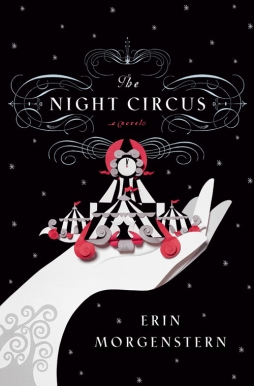 ‘Magic’ is an elastic metaphor. Among its many possible uses is that of a descriptor for something that happens in performance, especially live performance: the magic of an actor possessed by a character, the magic of a given moment invested with wonder and remaining in the memory, though inevitably passing away. The magic of stage magicians isn’t in the sleight-of-hand; it’s in the effect on the audience. The related magic of the carnival — the amusement park, the theme park — is a kind of second-person secondary-world magic. You are there. You are in a conjured fantasyland. A circus, in this reading, isn’t about the stink of animals or the scutwork of putting up tents and preparing performance spaces; it’s about the feeling the show tries to inspire. It is, potentially, for some, a venue for magic — transient, susceptible to thinning, but capable of generating wonder.
‘Magic’ is an elastic metaphor. Among its many possible uses is that of a descriptor for something that happens in performance, especially live performance: the magic of an actor possessed by a character, the magic of a given moment invested with wonder and remaining in the memory, though inevitably passing away. The magic of stage magicians isn’t in the sleight-of-hand; it’s in the effect on the audience. The related magic of the carnival — the amusement park, the theme park — is a kind of second-person secondary-world magic. You are there. You are in a conjured fantasyland. A circus, in this reading, isn’t about the stink of animals or the scutwork of putting up tents and preparing performance spaces; it’s about the feeling the show tries to inspire. It is, potentially, for some, a venue for magic — transient, susceptible to thinning, but capable of generating wonder.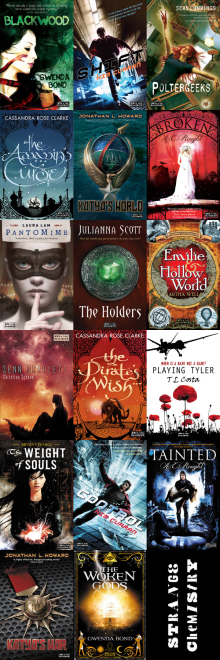
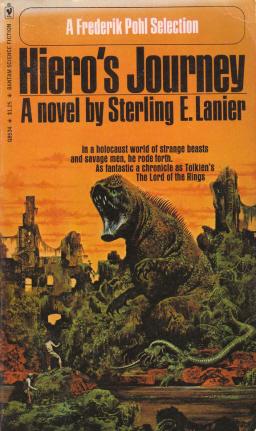


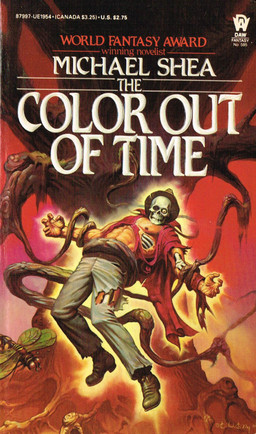
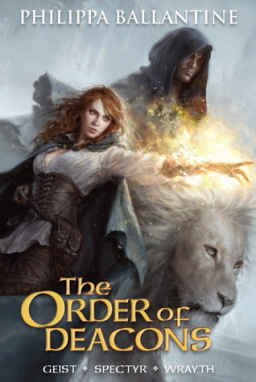
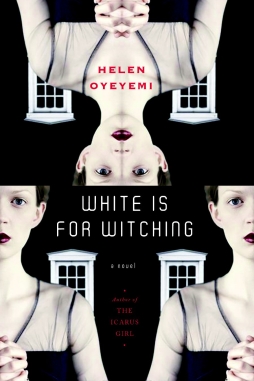 I picked up Helen Oyeyemi’s third novel, 2009’s White is for Witching, knowing very little about it. I’d read that Oyeyemi was a highly-regarded young writer in ‘mainstream’ literary circles, whose work contained some speculative elements (born in 1984, her first book had been 2005’s The Icarus Girl, followed by The Opposite House in 2007; a fourth book, Mr Fox, came out in 2011). What I found in White is for Witching was an excellent horror story whose intricacy demanded careful attention. It’s sharply-written and tightly-constructed, and if its plot is not immediately clear, the book’s strong enough to encourage careful attention.
I picked up Helen Oyeyemi’s third novel, 2009’s White is for Witching, knowing very little about it. I’d read that Oyeyemi was a highly-regarded young writer in ‘mainstream’ literary circles, whose work contained some speculative elements (born in 1984, her first book had been 2005’s The Icarus Girl, followed by The Opposite House in 2007; a fourth book, Mr Fox, came out in 2011). What I found in White is for Witching was an excellent horror story whose intricacy demanded careful attention. It’s sharply-written and tightly-constructed, and if its plot is not immediately clear, the book’s strong enough to encourage careful attention.